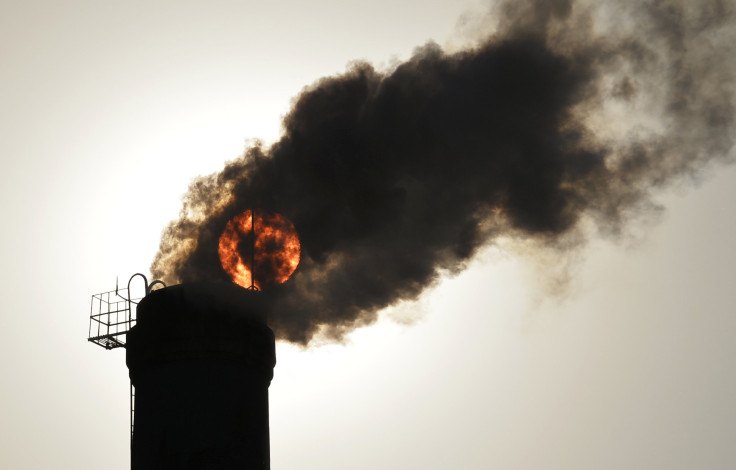Climate Change: China's 2013 Carbon Emissions Overstated By 14%, Finds New Study

China’s 2013 carbon emissions may have been upto 14 percent lower than previously thought, according to a new study published Thursday in the journal Nature. However, even with the lower estimates, China’s emissions were still more than two-thirds higher than that of the United States -- the world’s second-largest emitter.
According to the study, earlier estimates were higher as China’s reliance on low-quality domestic coal containing less heat-trapping carbon dioxide had not been taken into account.
"We were very surprised,” lead author Zhu Liu, an ecologist at Harvard University in Massachusetts, said, in a statement. “At the beginning of the project we thought that the emissions might be higher [than current estimates].”
The study, which analyzed coal supply data from over 4,200 Chinese mines and updated energy consumption data, found that in 2013, China’s carbon dioxide emissions stood at 2.49 gigatons (Gt) of carbon, 14 percent less than previous estimates. And, over the period between 2000 and 2013, nearly 3 gigatons less than previous estimates, larger than China’s total forest sink -- the amount of carbon it absorbs -- between 1990 and 2007.
According to researchers, the latest study highlights a fundamental uncertainty that plagues estimates of Chinese emissions -- which are based on energy statistics released by the government -- and fossil fuel use in the country. For instance, Liu and his team found that while China’s fossil-fuel use was higher than the official government estimates, overall emissions were lower once China’s reliance on low-quality coal -- containing more ash and less carbon -- from domestic mines was taken into account.
“We find that total energy consumption in China was 10 percent higher in 2000-2012 than the value reported by China’s national statistics, that emission factors for Chinese coal are on average 40 percent lower than the default values recommended by the Intergovernmental Panel on Climate Change, and that emissions from China’s cement production are 45 percent less than recent estimates,” the researchers said, in the study. Emission factor refers to the amount of greenhouse gas produced relative to units of fuel burned.
China, which overtook the U.S. as the world’s largest emitter of carbon dioxide in 2007 -- and has retained the notorious distinction ever since -- still relies largely on coal for its domestic energy needs. Currently, coal accounts for 65 percent of China’s total primary energy consumption -- a dependence that has cast doubts over whether the country would be able to fulfill its commitment to cut emissions per unit of GDP by up to 65 percent below 2005 level by 2030.
“China's emissions may be a bit less than we thought, but we know how much total carbon dioxide there is in the atmosphere and it is monitored globally,” Dave Reay from the University of Edinburgh, who was not involved in the study, told the BBC. “This study therefore makes no difference to the total amount in the atmosphere; it simply means that accounting for Chinese emissions is getting better.”
© Copyright IBTimes 2024. All rights reserved.






















